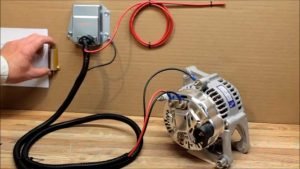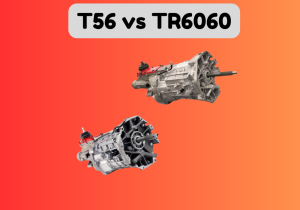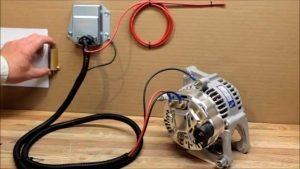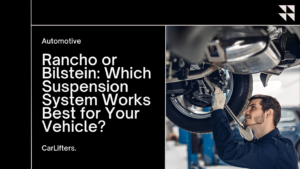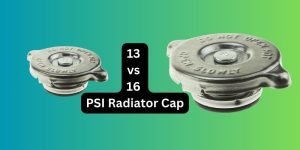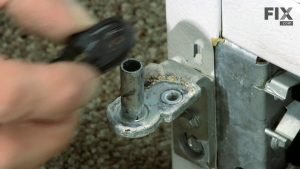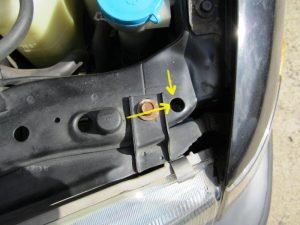When it comes to choosing the right radiator cap for your vehicle, making an informed decision is crucial. The radiator cap plays a crucial role in maintaining the proper pressure and temperature in your vehicle’s cooling system, ensuring efficient operation and preventing potential damage. There are a few key factors to consider when selecting the right radiator cap for your car or truck. In this blog post, we will guide you through the process of determining the correct radiator cap for your vehicle, so you can make an informed purchase and keep your engine running smoothly.
Contents
Essential Radiator Cap Specifications
To make an informed decision about which radiator cap to buy, you should consider a few essential specifications that are crucial for the proper functioning of your vehicle’s cooling system. These specifications include pressure ratings, compatibility with vehicle makes and models, and material construction.
Pressure Ratings and Their Significance
When it comes to radiator caps, pressure ratings are a critically important specification to consider. The pressure rating of a radiator cap determines the maximum pressure at which the cap will release coolant from the system. This is crucial for maintaining the proper operating pressure in the cooling system. If the pressure rating is too low, it can lead to overheating, while a rating that is too high can cause damage to the radiator and other components. Therefore, it is important to ensure that you select a radiator cap with a pressure rating that is suitable for your vehicle. The standard pressure rating for most vehicles is 15 psi, but it’s important to consult your owner’s manual or a trusted mechanic to determine the correct pressure rating for your specific vehicle.
Compatibility with Vehicle Makes and Models
When purchasing a radiator cap, it is crucial to ensure that it is compatible with your specific vehicle make and model. Radiator caps are designed to fit specific radiator necks, and using an incompatible cap can lead to leaks and potentially serious engine damage. Before purchasing a radiator cap, you should consult your vehicle’s owner’s manual or speak with a knowledgeable automotive professional to determine the correct cap for your vehicle. Using a cap that is not compatible with your vehicle can result in coolant leaks, loss of pressure, and overheating, which can lead to costly repairs.
Identifying the Right Radiator Cap for Your Vehicle
Some people assume that all radiator caps are the same, but this is not the case. The radiator cap you choose should be specific to your vehicle’s make and model, as different vehicles have different cooling system requirements. If you’re wondering about the differences between radiator caps, you can read more about them on Are All Radiator Caps The Same?
Locating Information on Your Current Cap
Before purchasing a new radiator cap, it’s important to gather some information about your current cap. You can locate the part number on the cap itself or consult your vehicle’s service manual. Knowing your current cap’s pressure rating and dimensions will help you find the right replacement without any issues.
Consulting Your Vehicle’s Owner’s Manual
If you’re unsure about which radiator cap to purchase, your vehicle’s owner’s manual can provide valuable insight. The manual typically includes specifications for the cooling system and recommendations for the correct radiator cap. It’s important to follow the manufacturer’s guidelines to ensure a proper fit and functionality for your specific vehicle.
Purchasing Considerations
Your first consideration when purchasing a radiator cap is the pressure rating. The pressure rating of a radiator cap is measured in pounds per square inch (psi), and it is vital to ensure that you select a cap with the correct rating for your vehicle. To determine the correct pressure rating for your vehicle, you can refer to your owner’s manual or consult with a professional mechanic. Alternatively, you can also find useful discussions and advice on forums such as radiator cap lbs. | The H.A.M.B.
Quality and Brand Reputation
When it comes to a critical component like a radiator cap, it is essential to prioritize quality and brand reputation. Choosing a radiator cap from a reputable brand can provide you with the assurance of reliability and performance. Look for brands with a strong track record and positive customer reviews, as this indicates that the cap is less likely to fail, which could result in serious engine damage. Investing in a high-quality radiator cap will ultimately save you money and hassle in the long run, so it’s worth doing your research and choosing a trusted brand.
Where to Buy Radiator Caps
When it comes to purchasing a radiator cap, it’s important to ensure that you are buying from a reputable and reliable source. While it may be tempting to opt for the cheapest option, it’s crucial to prioritize purchasing from a trusted retailer or automotive parts supplier. This will help to ensure that the radiator cap you purchase is genuine and meets the required specifications for your vehicle. Avoid purchasing from unknown or questionable sources, as counterfeit or substandard radiator caps can pose serious risks to your vehicle’s cooling system. Always prioritize purchasing from reputable suppliers to guarantee the safety and reliability of your radiator cap.
Installation and Maintenance Tips
For proper installation and maintenance of your radiator cap, it is important to follow some key tips to ensure the optimal performance of your cooling system. Here are some important guidelines to consider:
Proper Installation of the Radiator Cap
When installing a new radiator cap, make sure to carefully match the pressure rating to the specifications of your vehicle. It is crucial to ensure a proper seal by aligning the tabs on the cap with the slots on the filler neck. Failure to do so may result in coolant leakage and potential engine damage. Tighten the cap securely, but avoid overtightening, as this could cause damage to the cap or the filler neck.
Routine Checks and Maintenance Advice
Regularly check the condition of your radiator cap for any signs of wear or damage, such as cracks or a faulty pressure release mechanism. A defective radiator cap can lead to overheating and engine damage, so it is important to replace it if any issues are found. In addition, it is recommended to inspect the coolant level and quality periodically to ensure that it is clean and at the correct level. Thou, ensure that the radiator is cool before removing the cap to avoid injury from hot steam or coolant.
Affiliate Disclosure: As an Amazon Associate, I earn from qualifying purchases made through links on this site.

